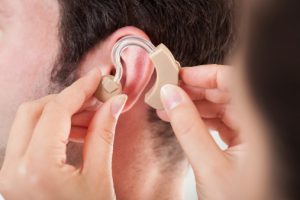
Principle investigator Ronna P. Hertzano, M.D., Ph.D., said, “This discovery opens up new avenues, not only for understanding the genetics of hearing, but also, eventually for treating deafness.”
The research was conducted on mice whose auditory hair cells glow a fluorescent green so researchers could identify cells. Researchers then used next generation sequencing to sequence and quantify genes in the hair cells. As genes became categorized, they looked for key regulators of genes in the hair cells. The key regulator defined was RFX.
Then the researchers had mice where the hair cells lacked RFX and the hair cells grew normally but died quickly, which contributed to hearing loss. Within three months the mice were completely deaf. The researchers believe the genes work similarly in humans. By understanding RFX further it may be possible to treat hearing loss in the future.
The findings were published in Nature Communications.